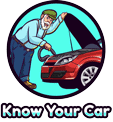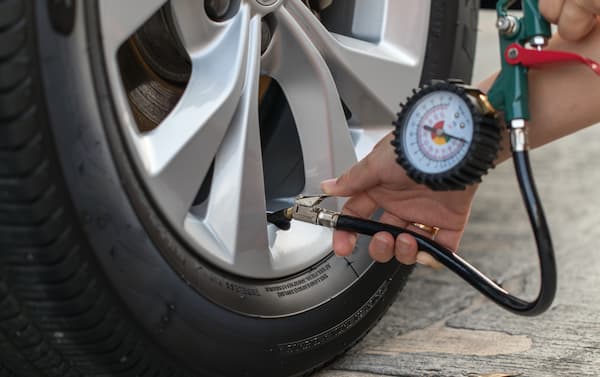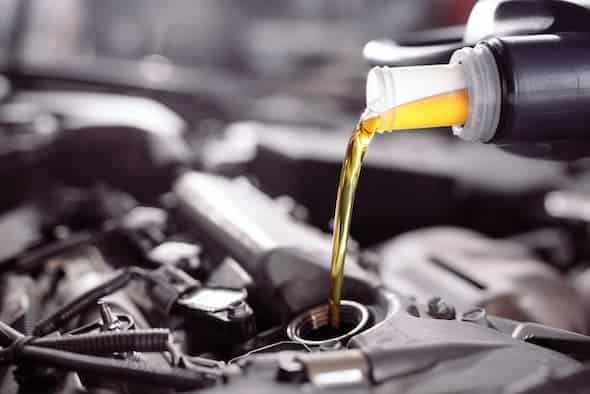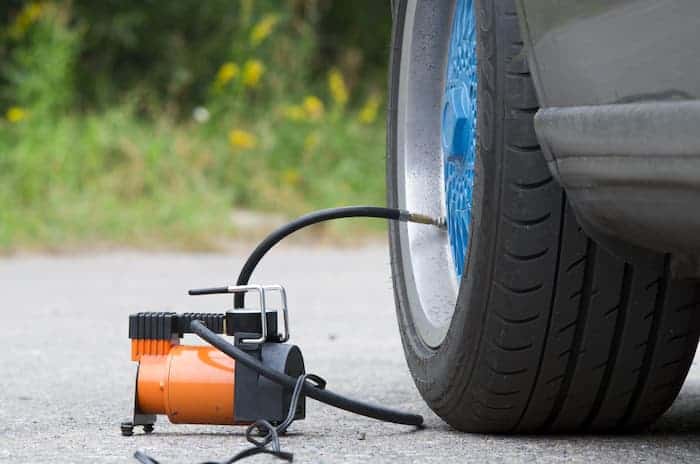Maintaining the correct tire pressure is essential for the safety, efficiency, and longevity of your vehicle. Properly inflated tires ensure optimal contact with the road, leading to improved handling, reduced tire wear, and better fuel efficiency. Conversely, incorrect tire pressure can lead to poor vehicle handling, increased tire wear, and even accidents.
Table of Contents
ToggleLocating the Optimal Tire Pressure for Your car
Determining the right tire pressure is a crucial step in tire maintenance. Here’s where you can find the recommended tire pressure for your vehicle:
- Driver’s Side Door Jamb: Look for a sticker here.
- Vehicle Owner’s Manual: A reliable source for all specifications.
- Additional Locations: Sometimes, this information is found near the trunk lid, the console, or on the fuel door.
Understanding the PSI Rating
The recommended tire pressure is typically a two-digit number followed by ‘PSI’ (pounds per square inch). For instance, many passenger vehicles recommend 35 PSI.
Why Adhering to Recommended PSI is Crucial
- Vehicle Support: This pressure is the minimum required to adequately support your vehicle’s weight.
- Avoiding Maximum PSI: It’s vital to distinguish between the recommended PSI and the ‘MAX PSI’ marked on the tire’s sidewall. The latter represents the tire’s maximum pressure capacity, not the ideal or recommended level. Exceeding the recommended PSI can lead to decreased tire performance and increased wear.
Tools for Maintaining Tire Pressure
Understanding and using the right tools can make maintaining tire pressure simpler and more efficient.
- Air Compressors: Essential for adjusting tire pressure. Learn about what an air compressor is and its uses.
- Using Air Compressors: For practical guidance, see how to use an air compressor.
- Portable Air Compressors: For convenience, consider the best portable air compressor for car tires.
Practical Tips for Tire Pressure Maintenance
- Regular Checks: Make it a habit to check tire pressure monthly.
- Seasonal Adjustments: Be aware of pressure changes needed for different seasons.
- Post-Adjustment Check: Always recheck the pressure after any adjustment.
FAQs on Tire Pressure
Monthly and before any long trips.
Adjustments may be needed; check the owner’s manual for guidance.
Over-inflation can lead to reduced traction and increased wear.




